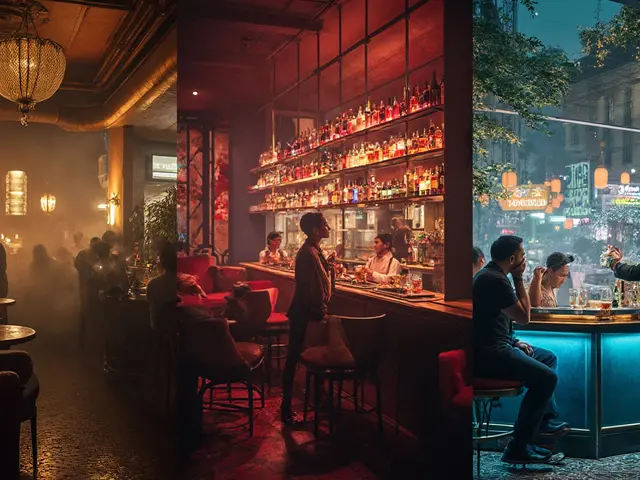One thing most people never realize is how restraint can lead to a feeling of absolute freedom. It sounds backward, sure, but in bondage, letting go of control sometimes brings a rush like nothing else. It's not just about being tied up—it's about trust, creativity, and even power in ways that go way beyond anything you've seen in a movie.
The Origins and Evolution of Bondage
People may think of bondage as part of modern BDSM, but it's got much deeper roots. The oldest known depictions of erotic restraint actually show up in ancient Japanese art, way before Fifty Shades ever hit the shelves. Samurai used Hojojutsu for restraining prisoners, focusing on rope patterns and body mechanics. As centuries rolled on, the Japanese tradition evolved into Shibari, which turned these practical knots into an elaborate, beautiful art form. In the West, early 20th-century pin-up magazines and underground fetish clubs quietly started to feature bondage as an act of rebellion and desire. Now, with the internet making information accessible, bondage culture is out in the open. Social media and streaming sites have helped enthusiasts everywhere find tutorials, share photos of intricate rope work, or even livestream lessons—with sites like FetLife seeing over 8 million registered members globally as of 2024. That connectedness is why more people now view bondage as both a kink and an art.
Bondage hasn't always been seen as positive. Many societies viewed it with suspicion, sometimes outright banning its practice. Yet, the taboo only seemed to drive curiosity. In the 1970s and ’80s, magazines like Bizarre and the influence of LGBTQ+ spaces brought bondage into conversations about sexuality and creativity. Punk and leather scenes in the US and UK picked up the aesthetics, using chains and cuffs not just for sex but as powerful symbols of personal identity and freedom. In recent years, big mainstream events—including Japan’s Nawa Nawa Festival and Europe’s BoundCon—draw crowds in the thousands, showing just how much bondage has woven itself into the fabric of pop culture, art, and relationships.
Certain trends keep reshaping how people experience bondage. For example, rope artists like Hajime Kinoko have shown that precision, safety, and emotion matter as much as how beautiful the knots look. Online communities organize workshops, group meets, and even ‘dungeon’ events where consent and personal boundaries are front and center. The evolution has moved bondage from the shadows and into a realm where pleasure, mental health, and connection go hand-in-hand. It’s no longer just about





